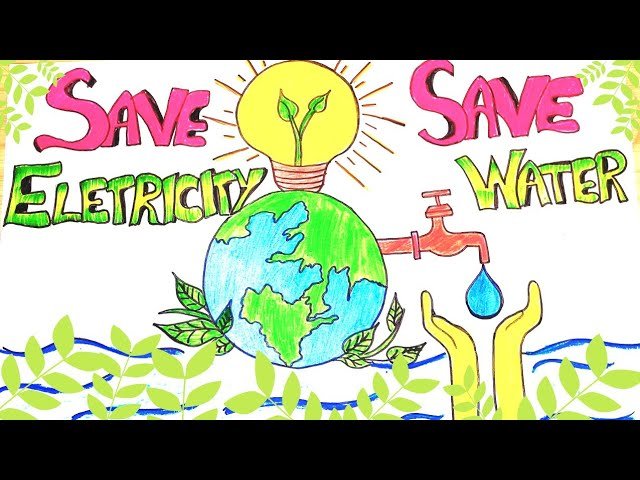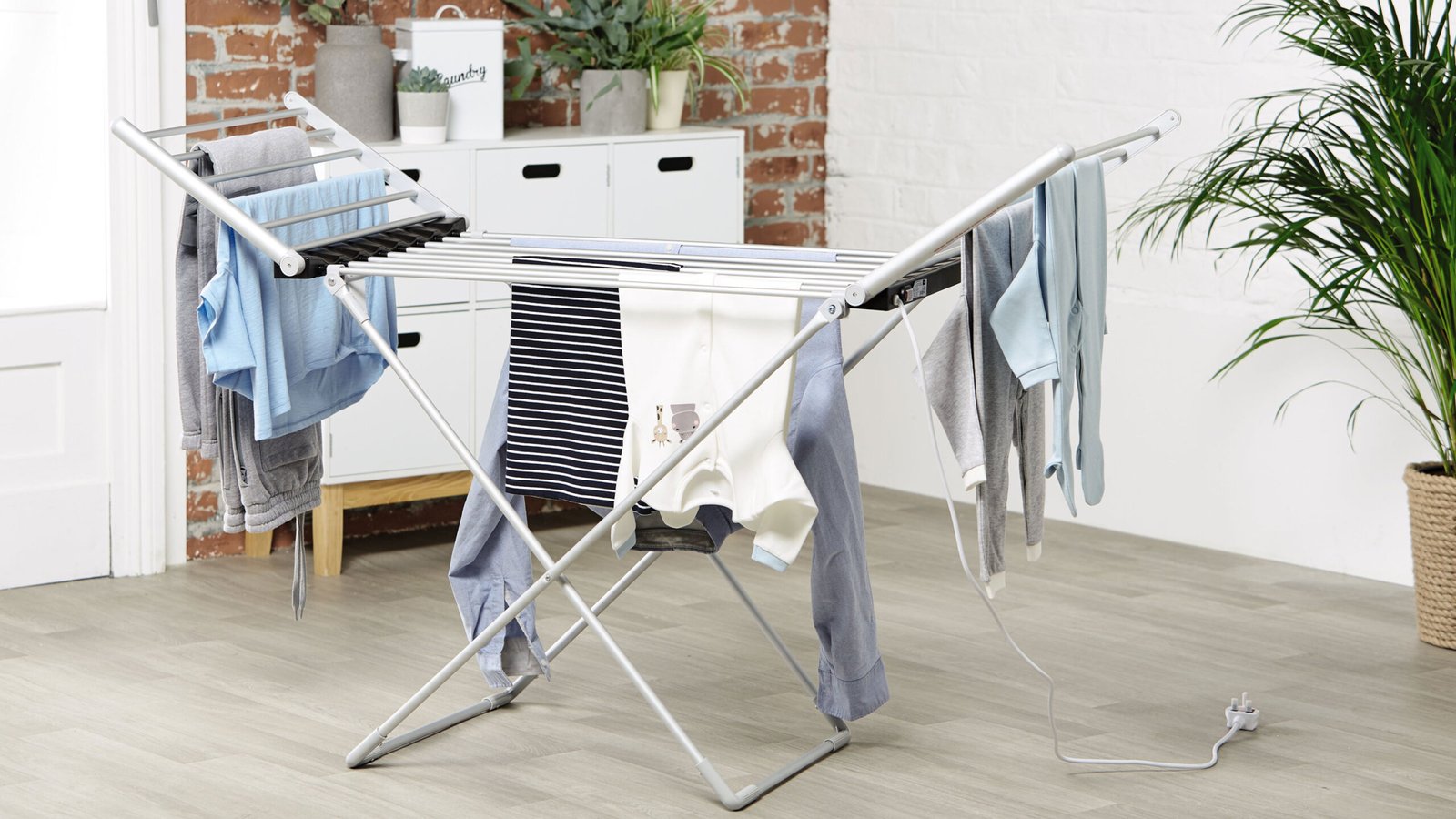In today’s world, where environmental concerns are at the forefront, finding ways to make our everyday tasks more sustainable is essential. Laundry is one area where small changes can lead to big results in saving water, energy, and money. Not only does this help the planet, but it also benefits your wallet and the longevity of your clothes. If you want to be kinder to the environment while getting your laundry done, here are some eco-friendly tips to make your laundry routine both efficient and sustainable.
1. Wash with Cold Water
One of the most effective ways to save energy when doing laundry is to wash clothes with cold water. Heating water accounts for a significant portion of the energy used during laundry. By switching to cold water, you reduce your energy consumption drastically. Cold water is also gentler on fabrics, helping them retain their color and texture for longer. Most detergents today are designed to work effectively in cold water, so you don’t have to worry about compromising on cleanliness.
2. Full Loads Only
It might be tempting to run smaller loads of laundry, especially when you only have a few items to wash. However, running a washing machine uses almost the same amount of water and energy regardless of whether it’s full or not. To make the most out of every wash, try to do full loads. This reduces the number of washing cycles you need to run, which means less energy and water consumption over time.
3. Use a High-Efficiency Washer
If you’re in the market for a new washing machine, consider choosing a high-efficiency (HE) washer. These machines are designed to use less water and energy compared to traditional washers. HE washers typically have a larger drum capacity, so they can handle larger loads, which is another bonus for saving energy and water. The upfront cost might be higher, but the savings in utility bills will make up for it in the long run.
4. Line Dry or Use a Dryer Efficiently
Dryers are one of the most energy-consuming appliances in the home, but you can reduce their environmental impact by making a few simple changes. Line drying your clothes is the most eco-friendly option. It not only saves energy but also reduces wear and tear on your clothes, keeping them looking newer for longer. If you don’t have space for a clothesline, consider drying clothes indoors on a drying rack.
If using a dryer is necessary, make sure to clean the lint filter after every use to ensure maximum efficiency. Also, try to dry full loads rather than half-full loads to avoid wasting energy. Use the dryer’s moisture sensor, if available, to prevent over-drying, as this uses unnecessary energy.
5. Choose Eco-Friendly Detergents
Conventional laundry detergents often contain harmful chemicals that can be damaging to both the environment and your skin. Opting for eco-friendly detergents, which are biodegradable and free from harsh chemicals, can reduce the impact of your laundry routine. Many eco-friendly detergents are just as effective as their traditional counterparts but without the negative environmental effects. Look for brands that are certified by reputable environmental organizations to ensure you’re making the best choice.
6. Avoid Fabric Softeners
While fabric softeners are marketed as a way to make your clothes feel softer, they often contain chemicals that aren’t great for the environment. These chemicals can accumulate in water supplies and harm aquatic ecosystems. Additionally, fabric softeners can damage your clothes over time, reducing their lifespan. Instead, consider using natural alternatives like vinegar or baking soda, which can help soften clothes and reduce static without the harmful effects.
7. Use Dryer Balls
Dryer balls are a great eco-friendly alternative to fabric softeners. Made of wool or rubber, these balls bounce around inside the dryer, helping to separate clothes and increase air circulation, which reduces drying time. As a result, you save energy and money. Wool dryer balls are also reusable, which makes them a more sustainable option in the long run.
8. Optimize Water Use
Another great way to save water is by optimizing your washing machine’s water use. Many modern washing machines have settings that allow you to adjust the water level according to the size of your load. If your machine doesn’t have this option, try to only run the washer when it is fully loaded. If you have a larger load, be sure to use the appropriate settings so that water is used efficiently.
Additionally, you can install water-saving devices, like faucet aerators, in your laundry room to reduce water usage without sacrificing performance.
9. Avoid Over-Washing Clothes
Over-washing clothes is another common laundry mistake that can lead to unnecessary water and energy waste. Not every item needs to be washed after one wear, especially items like jeans or sweaters. Spot clean when possible, and let your clothes air out between washes. This simple habit not only saves water and energy but also helps preserve your clothing.
10. Recycle Old Clothes
When your clothes are no longer wearable, don’t just throw them away. Many textiles can be recycled or repurposed into something new. Consider donating your old clothes, upcycling them into rags, or finding a local recycling program that accepts fabric. This helps reduce textile waste, which is a major environmental issue.
Final Thoughts
Incorporating eco-friendly laundry practices into your routine doesn’t have to be difficult or time-consuming. By making small adjustments like washing with cold water, reducing dryer use, and choosing sustainable products, you can significantly reduce your environmental footprint. Plus, these changes can help you save money on your energy and water bills while keeping your clothes looking great for longer.
Remember, every step counts, and the more you embrace sustainable laundry habits, the more positive impact you’ll have on the planet.


